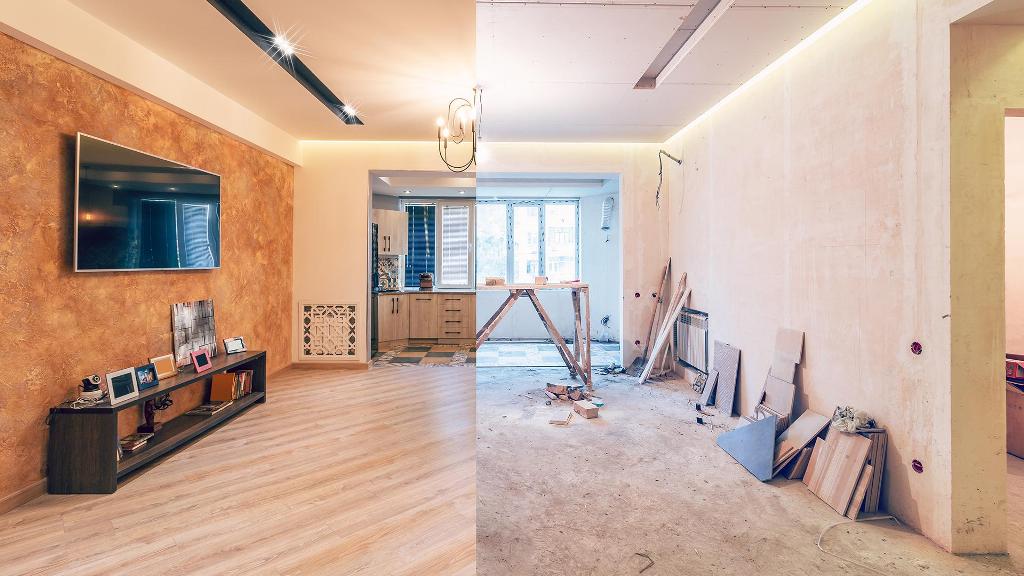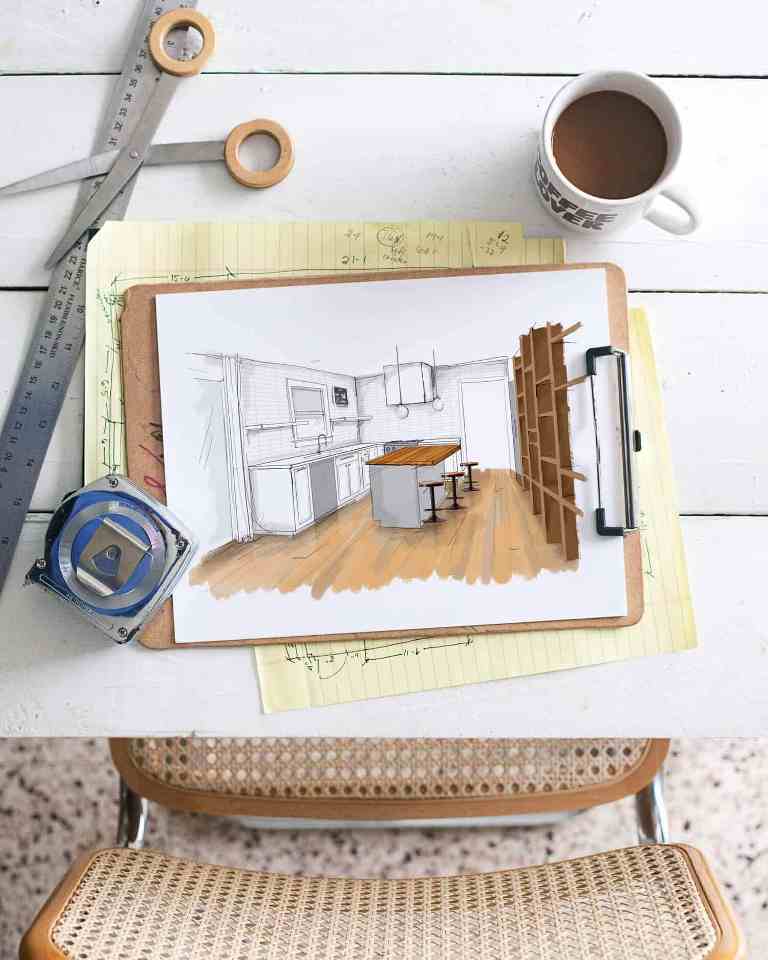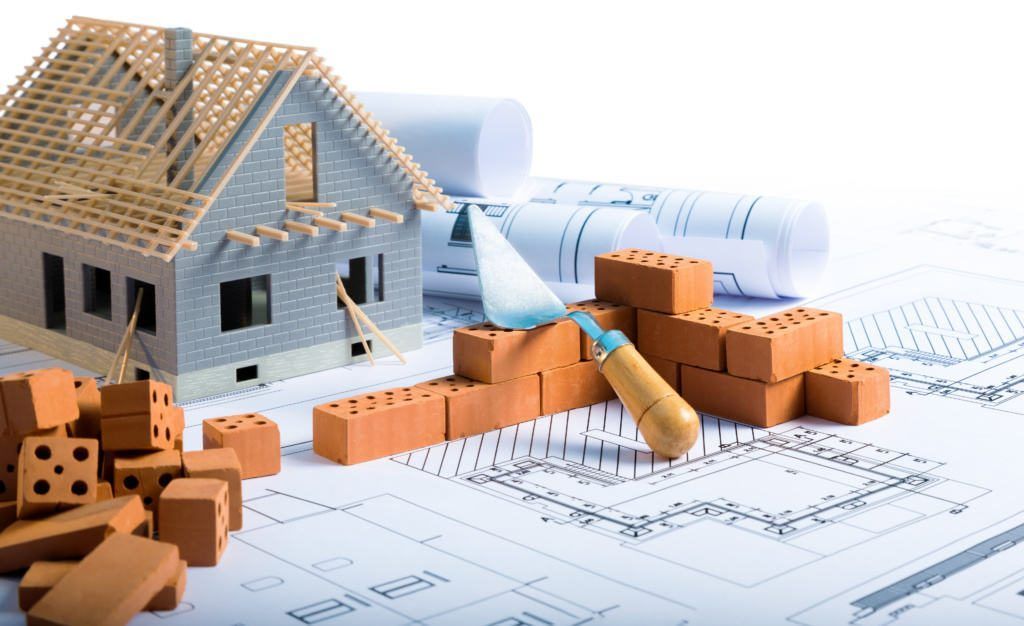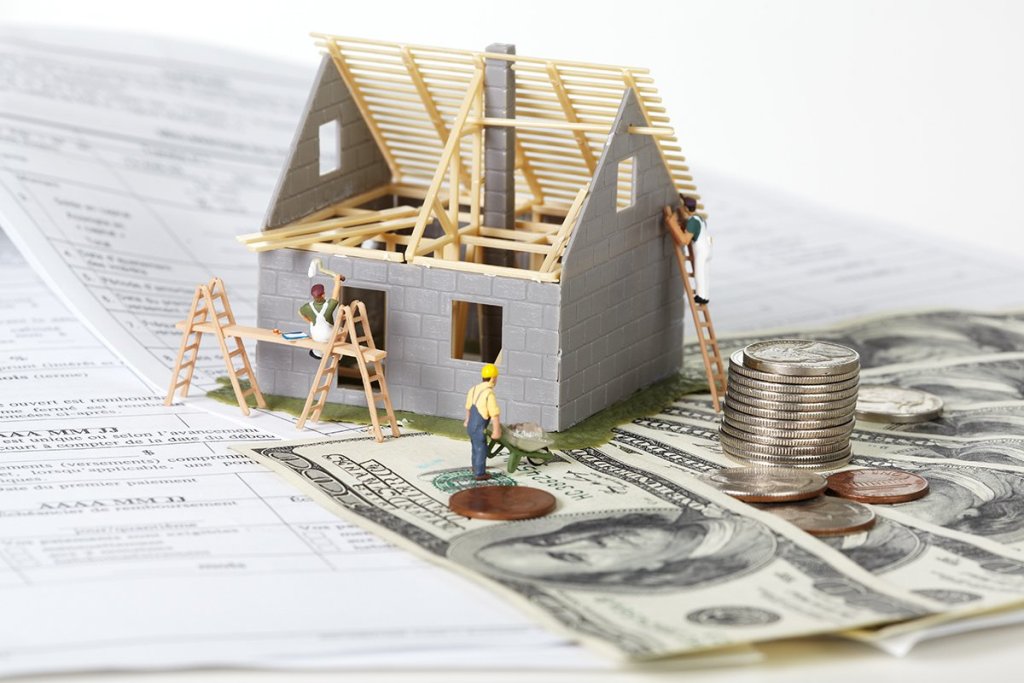Home renovations of any scale will take a mental, emotional, physical and financial toll on you. There’s no doubt about it. The end result might well be the most rewarding thing you’ve ever done, but getting there and completing the renovations themselves can be a mission of herculean proportions.
Nevertheless, there are a few tried-and-tested methods you can use to ease the stress on yourself as you embark on your house refurbishments, the first of which is to plan and stick to a reasonable budget.
With a little forward planning and self-discipline, your home renovations don’t need to be as big as Ben Hur. In this article, we’ll give you four quick tips on how to best manage your budget and generate savings when planning for your DIY home renos.
1. Figure out the scale of your project and give yourself a timeframe in which to complete it
The first thing you should do when planning a remodelling of your home is to figure out how big the project is going to be. For example, will you simply be replacing the bathroom or are you going to do the whole kit-and-kaboodle and refurb the entire house?

Complete a walkthrough of every room that you want to renovate and, as you do so, make an assessment of the things you’d like to change about it, whether that be adding, subtracting or simply modifying the room’s features.
Be idealistic. Note down absolutely everything that you would like to change about each room so it conforms to your idea of the dream home.
You may find that you’ll lack the funds later on down the track to manifest every aspect of your dream home into a reality, but it is better to start with a big list and whittle it down later on as you get to the pointy end of the project.
Now that you know the areas of your home that you want to reinvent through your renos, it’s time to treat each room like a mini project. Try to estimate the amount of time it will take to complete each room, then out of those estimates construct an overall timeframe for the entire project.
2. Choose whether or not you’re going to take a DIY approach or hire someone to do the work for you
Now that you’ve figured out the scale of your project, it’s time to decide whether you’re going to do the work yourself or hire a contractor to do it for you.
Engaging the services of a general contractor is more expensive than doing it by yourself, but it will take a lot of pressure off your shoulders as the GC will oversee the entire project, and outsource jobs to the right sub-contractors (such as tilers and plumbers) should you need them.
Nevertheless, if you are a highly organised individual who can contact the right people (or have the know-how to do it yourself), you may be able to spearhead the entire project using a DIY approach, and save yourself some money in the meantime.
3. Set a budget
Now that you’ve made the most important preliminary decisions, it’s time to set your budget.

You know that dream list you were compiling earlier? It’s time to break it out and plan out the minutiae of your project, listing down the finest details item by item in a ledger or spreadsheet, and next to these details a breakdown of their expenses.
Try to include every expense you can imagine, including contractor fees, trailer hire, fixtures, fasteners, and so on. Once you have done that, add up all the subtotals to give you an overall running cost for your project.
This running cost is susceptible to change and you can modify it according to your needs, but now you have a masterplan, you should try not to stray from it so as not to further inflate your budget.
4. Be savvy with your cash
This doesn’t mean you should cut corners or select inferior products that will compromise your dream home. It means try to be thrifty where you can so you can save money in the long run.
Do some research around the most cost-effective products and those on which discounts are being offered so you can get the most bang for your buck. For example, when you’re selecting a floor for areas of your home, you could select laminate floors, such as the Swiss Krono Laminate Floor, rather than tiles or timber.
These flooring products are highly durable, will add a touch of homely elegance to your house, and are much more affordable than their natural counterparts.

Where you can, explore your options and try to select products that will save you cash without compromising your vision of the ideal home.
Final words…
Now that you have done all the preliminary work, it’s time to pick up your hammer, slip on some safety goggles, tug on your boots, and start swinging. Good luck with the renos!






